Address
1104 5th Avenue
San Rafael, CA 94901
United States
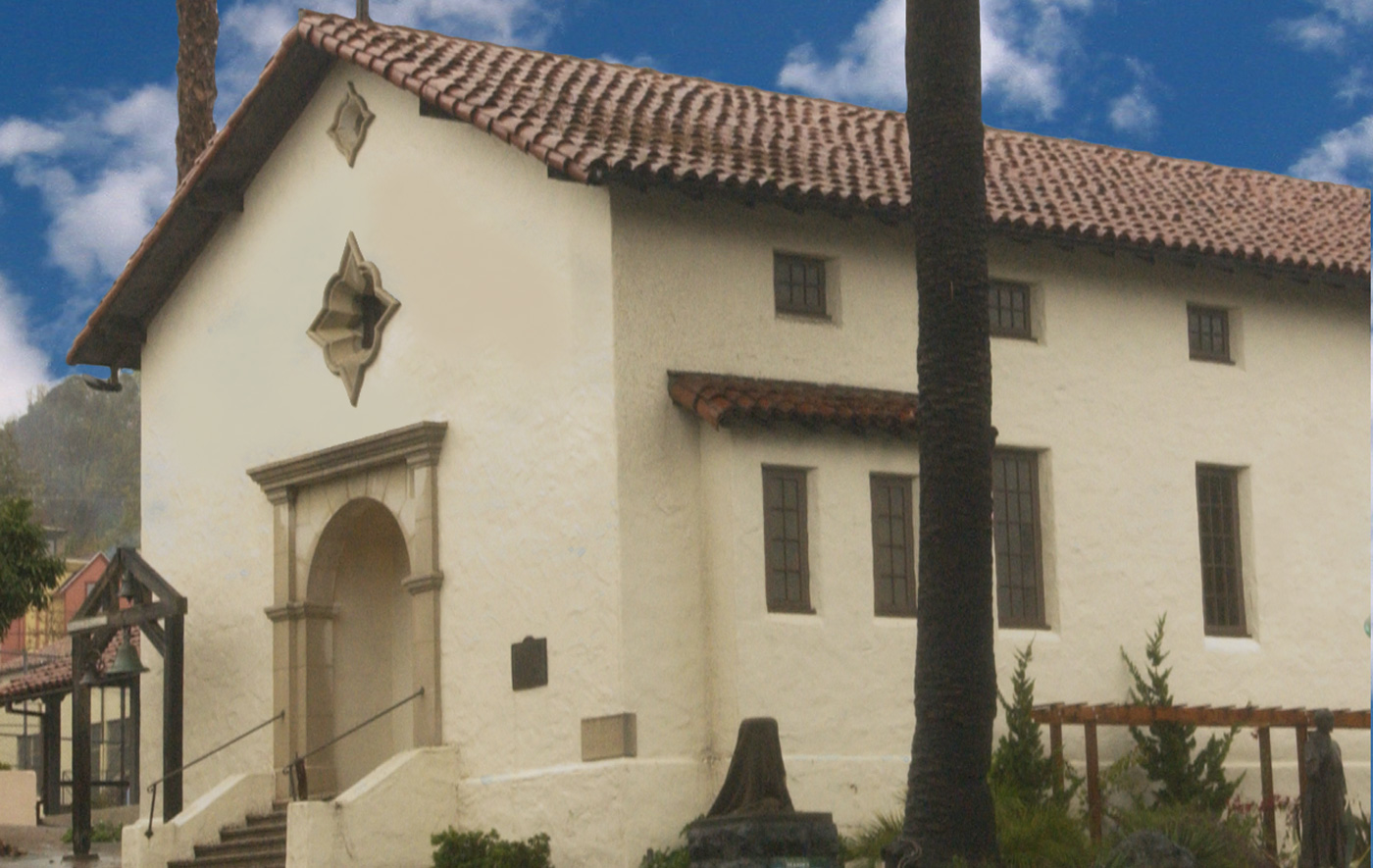
Founded:
December 14, 1817 - The 20th California Mission
Also Called:
Originally a hospital asistencia. Raised to full mission status on October 19, 1822.
Current Status:
The ruins of this mission were fully removed in 1870 and a modern church erected on the site. The small replica mission chapel you see today was built in 1949 and is part of the Parish of St. Rafael of the Roman Catholic Archdiocese of San Francisco.
Summary:
San Rafael Archangel was founded as a hospital asistencia (sub-mission) on December 14, 1817, and given full mission status on October 19, 1822. A replica of the original chapel was built in 1919, close to Parish church of Saint Raphael. The gift shop/museum has several interesting artifacts.
1104 5th Avenue
San Rafael, CA 94901
United States
San Rafael is about 15 miles north of San Francisco, reached via US 101 North. Take Exit 452 for Central San Rafael. The mission is downtown on 5th Avenue, between B Street and Court Street.
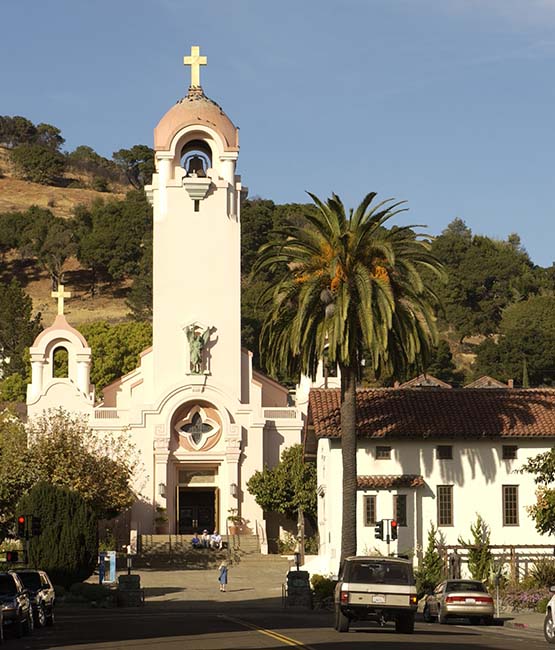
415-456-3016 - Mission Gift Shop
415-454-8141 - Parish Office
Please contact the mission directly by telephone or by visiting the mission website for the most current information.
Due to Covid-19 restrictions, it is best to check for current information.
Please contact the mission directly by telephone or by visiting the mission website for the most current information.
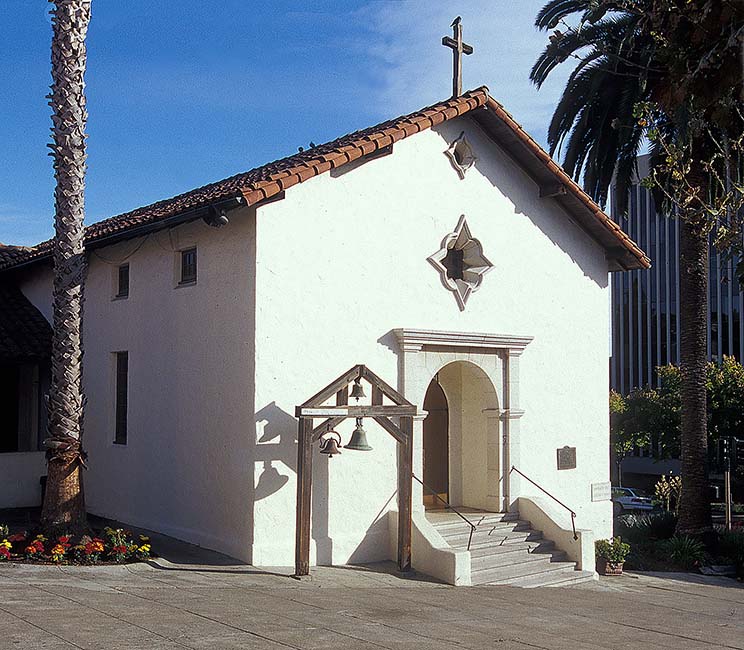
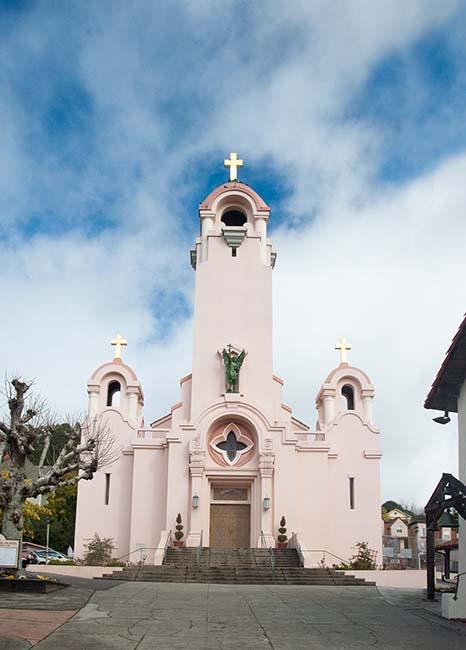
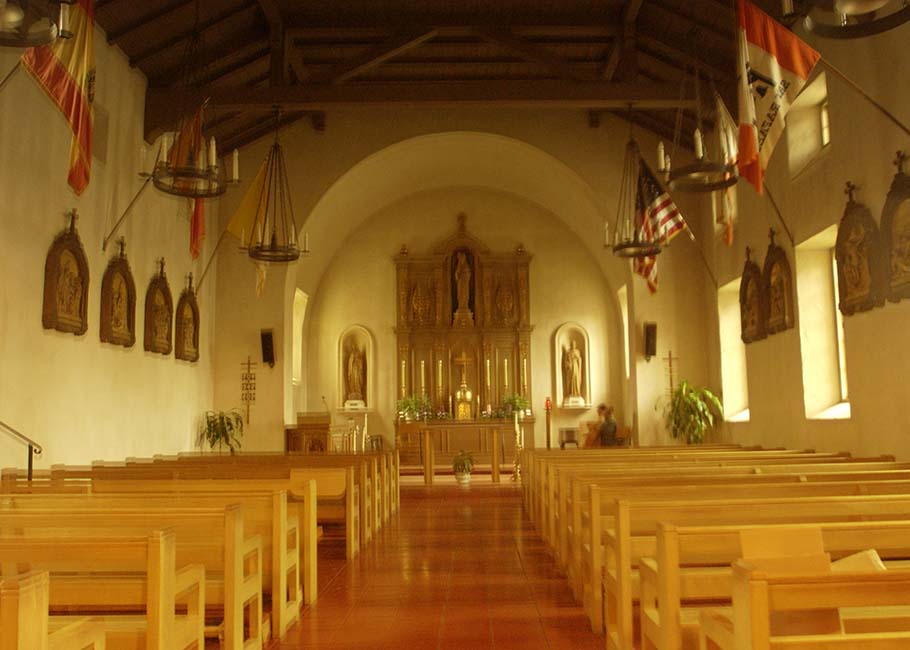
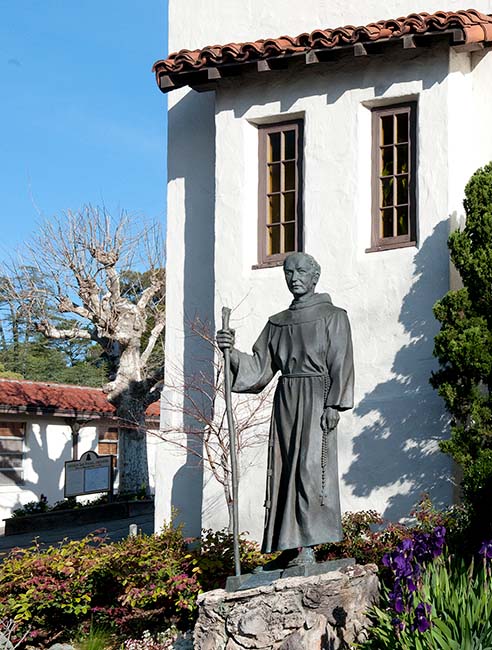
1834
1855
Saint Rafael, patron of good health and travelers.
Primarily Coast Miwok, Wappo and Pomo.
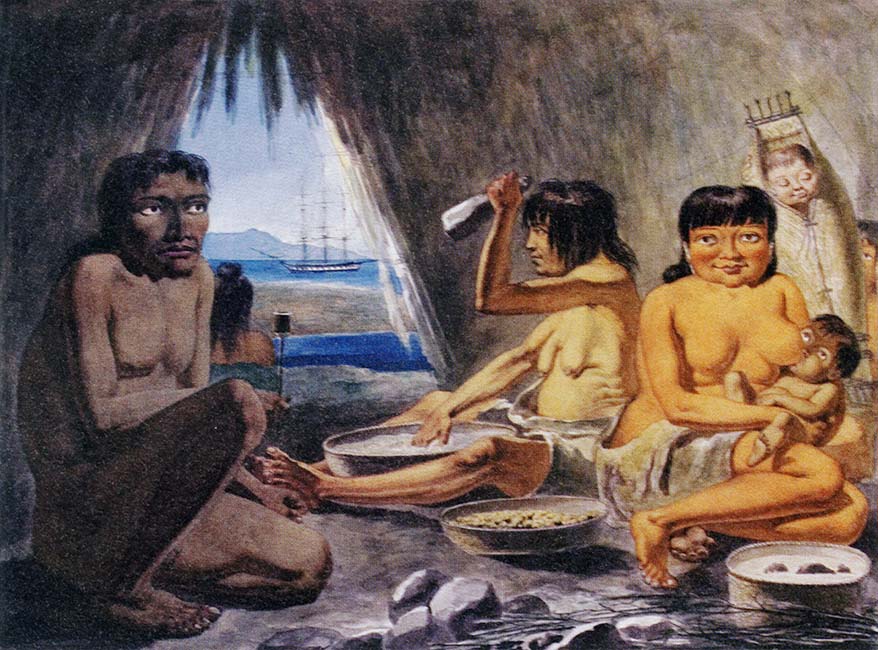
Fifteen (15) miles north of San Francisco at the native site of Anaguani. Since San Rafael was intended to be a "hospital" Asistencia, a key consideration was that the location be in a sunnier and more protected environment than San Francisco which was foggy, damp, and windy.
The original mission buildings were razed in 1870. In 1919 the new St. Rafael Parish Church, with its imposing tower, was built on the site of the original chapel.
No effort was made to build a full complex. The initial building was a structure that measured 87 feet in length and 42 feet in width. It contained a hospital, chapel, padre's quarters, and a storage area.
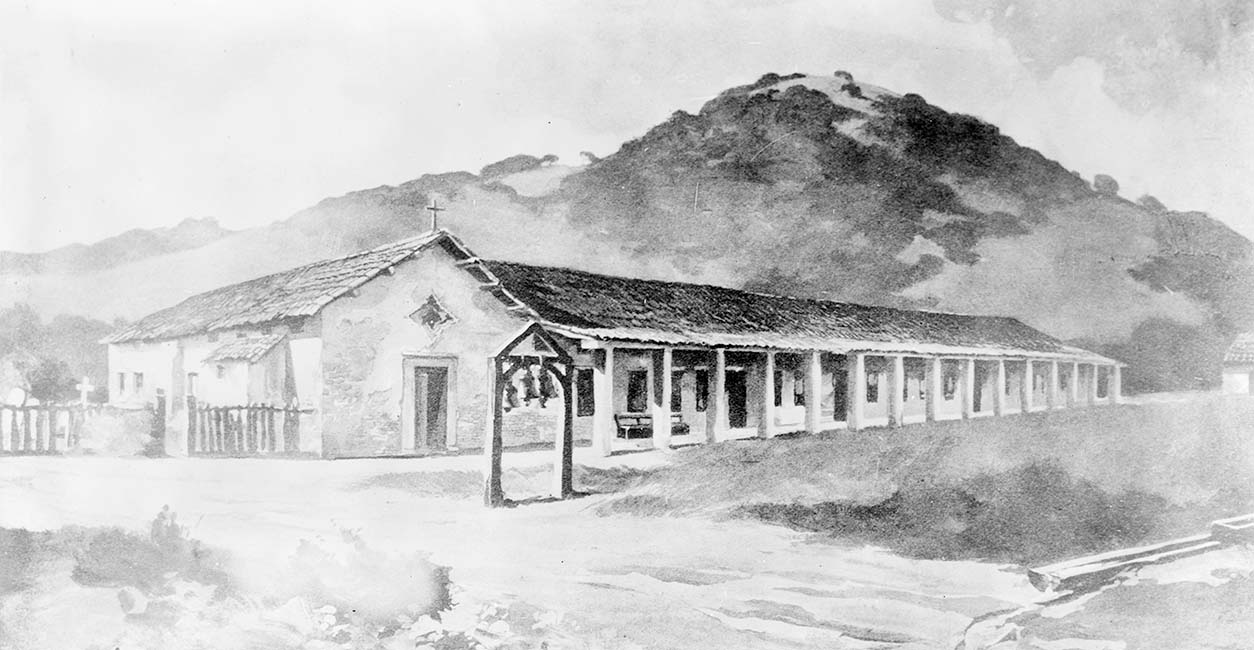
There was ample water in the area finally selected, which had several springs and a stream.
The peak mission population was 1,051 in 1826. By 1840 only 150 neophytes remained. Between 1817 and 1839, 1,902 marriages were conducted at San Rafael.
The livestock herd was small by mission standards but important for feeding the neophytes. In 1832 the mission had 2,120 cattle, 3,000 sheep, 370 horses, and 2 hardworking mules.
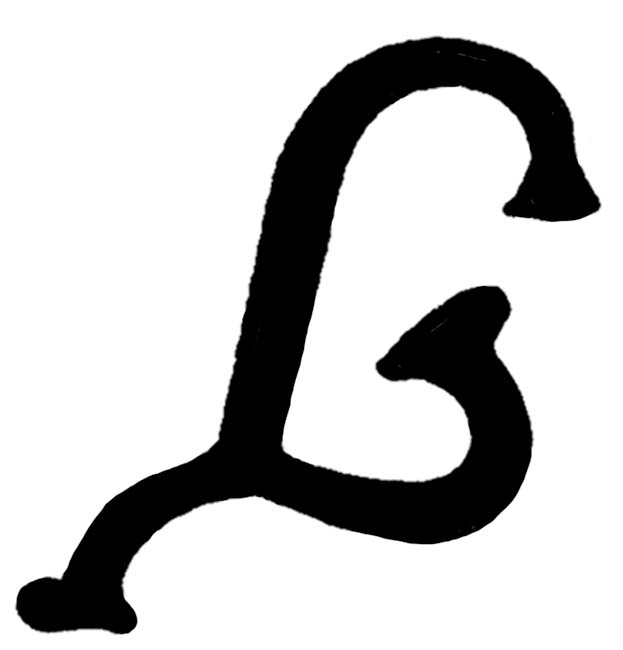
In its short mission life of twelve (12) years, San Rafael had a relatively high agricultural output of approximately 97,000 bushels of grain and produce. Production centered on wheat although barley, corn, and beans were also important with peas, lentils, and chickpeas used in soups and stews.
The mission had extensive vineyards and orchards and was noted for the excellence of their pears.
In 1949 a replica of the original mission chapel was constructed on mission property to the right of the main church built in 1919. The replica has a star window in the Mudéjar style which is said to have been copied from that at the Carmel Mission.

Three of the original missions bells are displayed in the mission museum. Replicas now hang from a wooden bell rack to the left of the chapel entrance.
San Rafael never had a campanario (bell tower).
The interior of the chapel is contemporary in style.
Saint Rafael Parish Church has a large bronze sculpture of San Rafael holding up a cross.

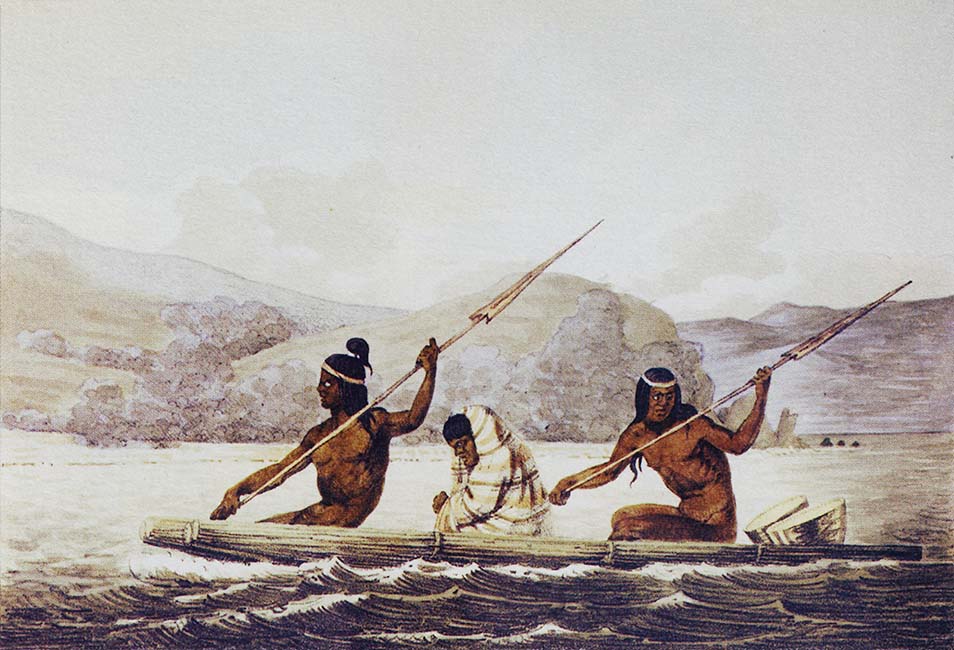
Mission San Rafael, given full mission status in 1822, had a short mission life of fourteen (14) years. The mission ruins were removed in 1870. The current church, built in 1949, is a replica of the original chapel. The Historical Image Gallery contains historic drawings that depict how this mission looked in the Mission era and two illustrations made by expedition artists.
The Contemporary Image Gallery contains more recent photographs taken by several different photographers from around the Church and the Church interior.





Mission San Rafael Arcángel had a short mission life of seventeen (17) years. No effort was made to build a full mission complex. The few buildings that existed were badly damaged in an Indian attack led by Chief Marin in February 1829. The mission was secularized in 1834, steadily deteriorated, and was finally demolished in 1870. A "modern" parish church was built on the site.
Since there were no historic buildings or ruins of the mission that analyze and measure, Mission San Rafael Arcángel was not part of the Historic American Buildings Survey. Thus, no historic architectural drawings exist. However, we do know how the mission was laid out and how it looked.
